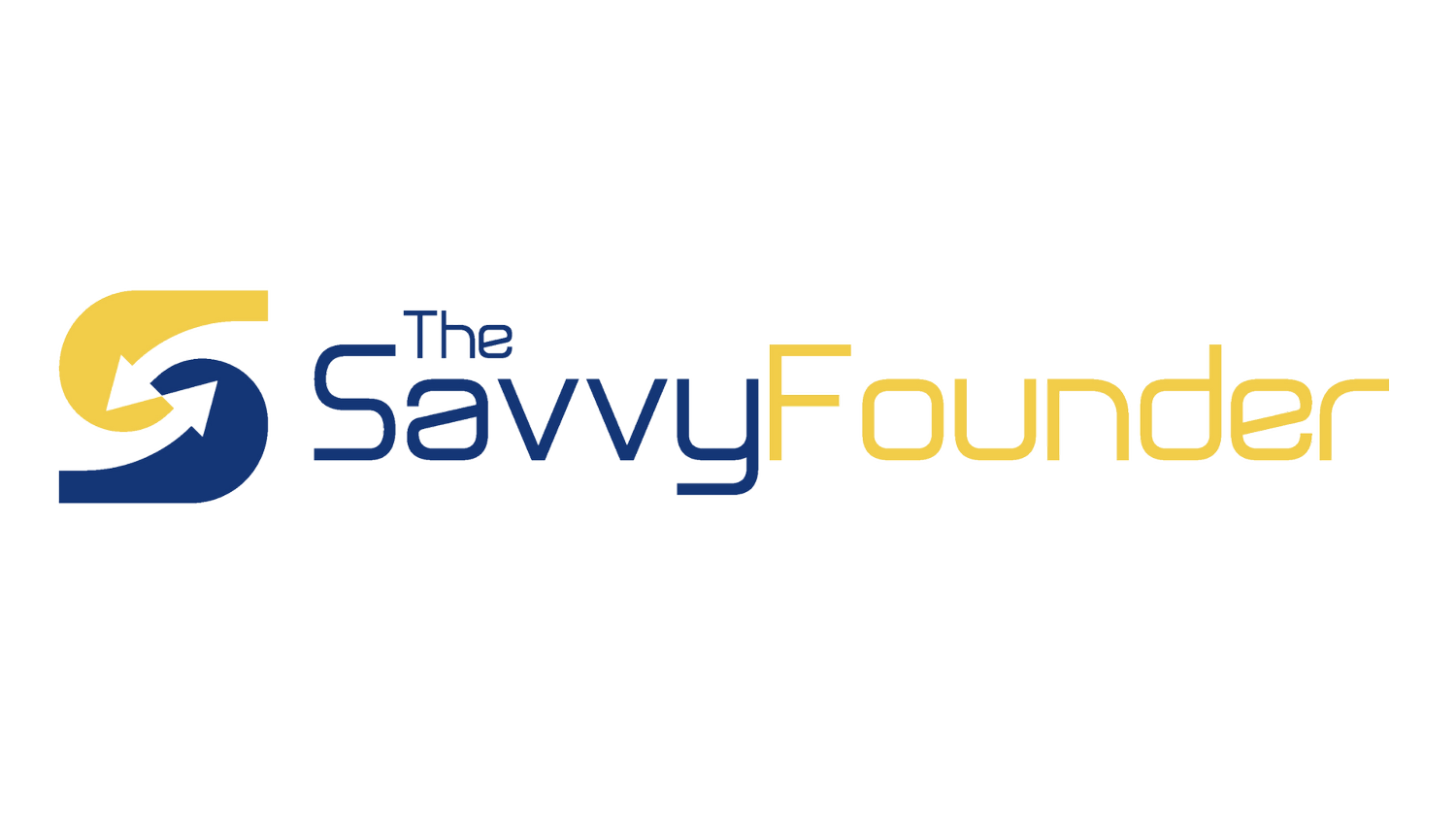The Human Touch in the Age of AI
TL;DR: While AI offers incredible efficiency, human connection remains essential. This article begins with a personal story about a colleague seeking advice on learning AI, underscoring our tendency to consult trusted human sources rather than relying solely on AI or search engines. Despite AI's ability to generate quick and comprehensive information, it often lacks the nuance to tailor advice to individual needs. The key takeaway: while AI provides data, human interaction adds context, validation, and empathy—irreplaceable elements in communication. Striking a balance between leveraging AI for efficiency and maintaining the human touch will be crucial in this AI-driven era.
Introduction: The Persistent Need for Human Connection
When my colleague asked for advice on learning about AI, his question revealed something deeper about our reliance on human connection in an increasingly automated world. I assumed his request was tied to a complex project or research endeavor. Instead, he simply wanted suggestions for good sites to learn about generative AI.
This interaction reminded me of how deeply ingrained the habit of "asking others" is in our social norms. Even in the age of AI and search engines, many people instinctively turn to trusted human sources for guidance. There's something profoundly comforting about human interaction—it offers validation, judgment, and an understanding of context that AI, no matter how advanced, struggles to replicate.
The Essence of Human Connection
For CEOs and companies implementing AI solutions, this minor incident highlights a key insight: humans seek reassurance and credibility beyond data. My colleague didn't just want a list of resources; he wanted advice tailored to his specific needs and reassurance that it was trustworthy.
When he reached out, my initial reaction was, “Why didn’t he just ask a chatbot or do a quick Google search?” After all, I’ve embraced AI to streamline my workflow. But then I realized: I, too, had gone through the learning curve of using AI effectively. When I first started, I took a certification course and continue to engage with my classmates in a mastermind group to share insights and challenges. My colleague’s request reminded me that the human touch remains a vital element when navigating new technologies.
The Utility and Limitation of AI
To fulfill his request efficiently, I turned to a chatbot. It quickly generated a comprehensive list of AI learning resources, which I then emailed to him. However, I felt compelled to add my personal insights, factoring in nuances that only human understanding can provide.
This experience highlighted AI's strengths and limitations. While it excels at delivering information quickly, it lacks the intuitive ability to understand and adapt to unique needs. This gap is where human expertise remains invaluable.
Here's the gist of the email I sent him:
Hey John,
I used AI to refine your question. Below is a tailored list of resources that will be especially useful for a recruiter:
Beginner-Friendly AI Courses
AI for Everyone by Andrew Ng (Coursera)
A non-technical introduction to AI, focusing on its business applications and societal impact.
Elements of AI by the University of Helsinki
A free, self-paced course designed to teach AI basics in an accessible way.
AI Foundations for Everyone by IBM
A comprehensive overview of AI fundamentals with practical examples relevant to workflows.
Practical Guides and Tutorials
Generative AI for Beginners by Microsoft
Explains generative AI concepts like ChatGPT in beginner-friendly terms.
How to Create a Chatbot by Tidio
A step-by-step guide for building chatbots for tasks like candidate engagement.
Chatbot Use Cases by IBM
Highlights recruitment applications, such as automating queries and scheduling interviews.
By sharing these resources alongside my own recommendations, I ensured that the list wasn't just useful—it was credible, relevant, and actionable.
Reflecting on the Human-AI Relationship
This experience made me reflect on the delicate balance between leveraging AI for efficiency and maintaining the human element in communication. While AI can generate information rapidly, humans tailor it, validate it, and imbue it with context and empathy.
It's a reminder that AI is a tool—a highly advanced one—but not a replacement for the unique insights and emotional intelligence humans bring to the table.
Bonus: Customizable Prompt for AI Learning Resources
To help others find AI resources tailored to their needs, here's a customizable prompt:
"I need AI learning resources tailored to [industry] and my role as a [job title]. My goals are to [describe goals, e.g., learn the basics of AI, explore applications, implement tools, or understand broader implications]. Please recommend [specific preferences, e.g., free resources, certifications, or hands-on tutorials] for my experience level ([beginner/intermediate/advanced]) and interests ([e.g., generative AI, automation, or ethics])."
Example:
"I need AI learning resources tailored to the healthcare industry and my role as a nurse manager. My goal is to explore how generative AI can enhance patient communication and administrative efficiency. Please recommend beginner-friendly courses or free resources focused on healthcare applications of AI."
Conclusion: Striking the Balance
AI has the potential to revolutionize the way we work and learn, but the human touch remains irreplaceable. Whether asking for help, seeking validation, or requiring tailored advice, human connection brings meaning and relevance to the data AI provides.
As we move forward in this AI-driven era, the key will be striking the right balance—leveraging AI's efficiency while preserving the empathy and nuance of human interaction.


